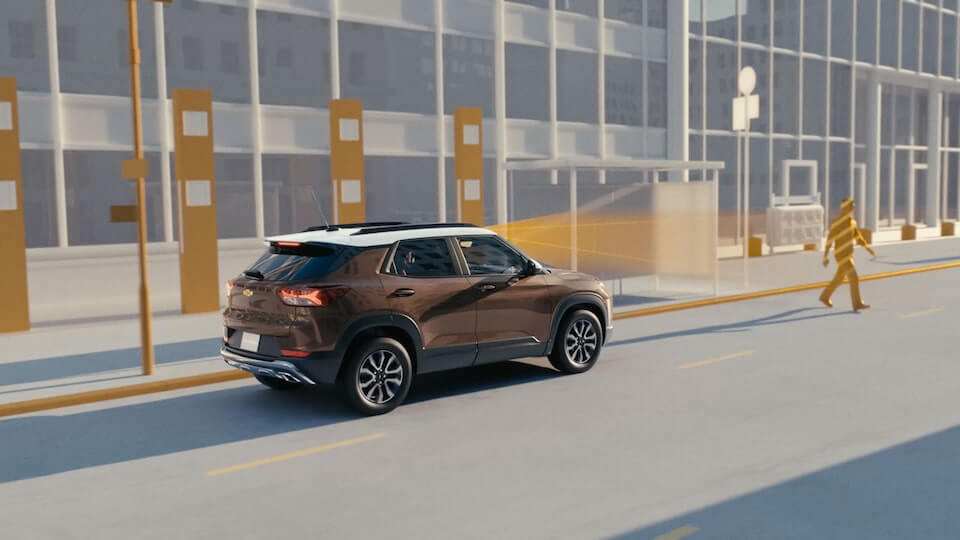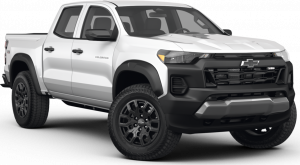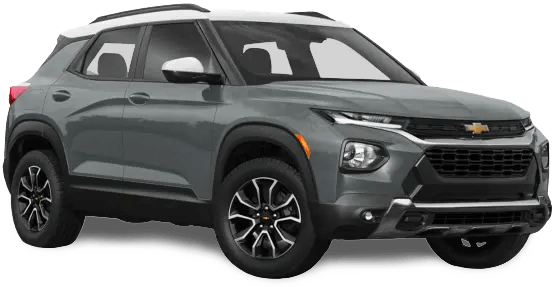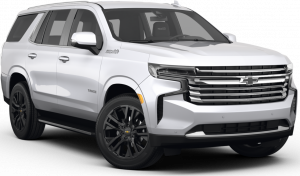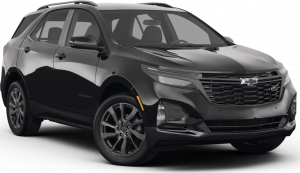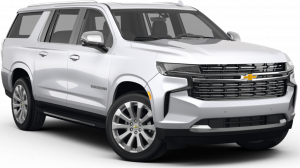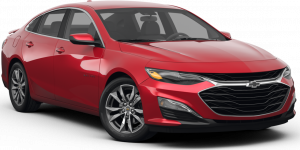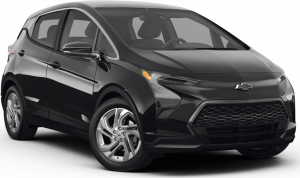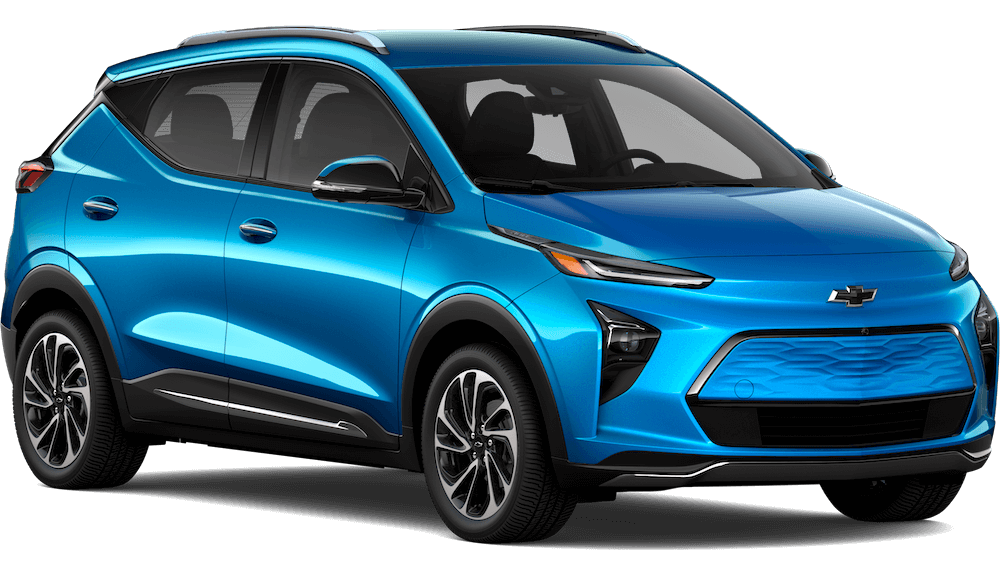The evolution of automobiles, especially in Southern California, has been nothing short of transformative. From their early days cruising the scenic routes of SoCal to today's advanced machines navigating the bustling highways of Los Angeles and San Diego, cars have undergone remarkable advancements. At the forefront of this evolution is SoCal Chevy, championing the importance of safety. In the diverse and dynamic landscape of Southern California, having a car equipped with cutting-edge safety features isn't just a luxury—it's a necessity. Here's why:
The Critical Importance of Advanced Safety Features in Modern Cars
- Reduction in Collision Risks: Advanced safety features, such as forward-collision warnings and automatic emergency braking, actively work to detect and prevent potential accidents. These systems can identify risks and either alert the driver or take corrective actions, significantly reducing the chances of a collision.
- Protection of Occupants: Features like side airbags, reinforced safety cages, and crumple zones ensure that, in the event of an accident, the impact on the car's occupants is minimized. These innovations have drastically reduced fatalities and serious injuries in road accidents.
- Enhanced Driver Confidence: Knowing that your car is equipped with state-of-the-art safety features can instill a sense of confidence. This confidence translates to more relaxed and focused driving, further enhancing safety.
- Pedestrian Safety: Features such as pedestrian detection and automatic braking not only safeguard the vehicle's occupants but also those outside of the vehicle. These systems can identify pedestrians crossing or standing on the road and take necessary actions to avoid accidents.
- Adaptation to Adverse Conditions: Weather-related hazards are a significant concern for drivers. Advanced features like adaptive headlights, rain-sensing wipers, and traction control systems adapt to varying conditions, offering drivers better visibility and control during inclement weather.
- Cost Savings: While there might be an initial higher cost associated with purchasing cars equipped with advanced safety features, in the long run, they can lead to savings. A reduced risk of accidents can mean fewer repairs, lower insurance premiums, and potentially even medical bill savings.
- Encouraging Responsible Driving: Features such as lane departure warnings, drowsiness alerts, and teen driver technologies encourage drivers to adopt responsible driving habits, making roads safer for everyone.
- Supporting A Global Move Toward Safer Roads: As more and more vehicles come equipped with advanced safety features, roads worldwide become safer. This collective move toward safer vehicles can significantly reduce the global toll of road traffic accidents.
Chevrolet Latest Safety Features: Leading the Way in Road Protection
When it comes to automotive safety, Chevrolet has always been at the forefront, setting benchmarks for other car manufacturers to follow. With a commitment to protecting drivers, passengers, and pedestrians alike, Chevrolet continues to innovate, ensuring that every journey in one of their vehicles is as safe as possible. Here's an exploration of the standout safety features Chevrolet offers:
Automatic Emergency Braking (AEB):
Automatic Emergency Braking (AEB) is a safety technology that can detect a potential collision with another vehicle or pedestrian and apply the brakes to help avoid or mitigate the impact. It is one of the most effective safety technologies available, and it can help to reduce the number of rear-end collisions and pedestrian fatalities.
AEB systems use a variety of sensors, including radar, cameras, and lasers, to monitor the vehicle's surroundings. If the system detects a potential collision, it will alert the driver with a visual or audible warning. If the driver does not react, the system will automatically apply the brakes to help avoid or mitigate the impact.
AEB systems can be very effective at preventing rear-end collisions. In one study, AEB systems were found to reduce rear-end collisions by up to 56%. AEB systems can also be effective at preventing pedestrian fatalities. In another study, AEB systems were found to reduce pedestrian fatalities by up to 40%.
AEB systems are becoming increasingly common on new vehicles. In the United States, the National Highway Traffic Safety Administration (NHTSA) has mandated that all new passenger vehicles must be equipped with AEB by 2023.
Here are some of the benefits of AEB:
- Reduces the risk of rear-end collisions and pedestrian fatalities
- Helps drivers to avoid accidents even if they are distracted or impaired
- Can improve driver confidence and peace of mind
AEB is a valuable safety technology that can help to keep drivers, passengers, and pedestrians safe on the road.
Lane Departure Warning (LDW):
Lane Departure Warning (LDW) is a safety technology that can detect when the vehicle is drifting out of its lane and alert the driver with a visual or audible warning. It is one of the most effective safety technologies available, and it can help to reduce the number of single-vehicle crashes.
LDW systems use a variety of sensors, including cameras and lasers, to monitor the vehicle's position within the lane. If the system detects that the vehicle is drifting out of its lane without the turn signal activated, it will alert the driver with a visual or audible warning.
LDW systems can be very effective at preventing single-vehicle crashes. In one study, LDW systems were found to reduce single-vehicle crashes by up to 20%. LDW systems can also help to improve fuel efficiency by keeping the vehicle in the center of the lane.
LDW systems are becoming increasingly common on new vehicles. In the United States, the National Highway Traffic Safety Administration (NHTSA) has mandated that all new passenger vehicles must be equipped with LDW by 2023.
Here are some of the benefits of LDW:
- Reduces the risk of single-vehicle crashes
- Helps drivers to stay in their lane even if they are distracted or impaired
- Can improve fuel efficiency
- Can improve driver confidence and peace of mind
LDW is a valuable safety technology that can help to keep drivers, passengers, and other motorists safe on the road.
Here are some tips for using LDW effectively:
- Make sure that your LDW system is turned on.
- Be aware of your surroundings and be prepared to take corrective action if the LDW system alerts you.
- Do not rely on the LDW system to keep you in your lane. You are always responsible for controlling your vehicle.
Lane Keep Assist (LKA), Blind Spot Monitoring (BSM) and Rear Cross Traffic Alert (RCTA):
Lane Keep Assist (LKA)
A safety feature that can help keep the vehicle in its lane by gently steering the vehicle back into the lane if it begins to drift. LKA systems use a variety of sensors, including cameras and lasers, to monitor the vehicle's position within the lane. If the system detects that the vehicle is drifting out of its lane without the turn signal activated, it will gently steer the vehicle back into the lane.
Blind Spot Monitoring (BSM)
This is a safety feature that can detect vehicles in the driver's blind spots and alert the driver with a visual or audible warning. BSM systems use a variety of sensors, including radar and cameras, to monitor the vehicle's blind spots. If the system detects a vehicle in a blind spot, it will illuminate an indicator light in the corresponding side mirror.
Rear Cross Traffic Alert (RCTA)
This is a safety feature that can detect vehicles approaching from behind the vehicle when the vehicle is in reverse and alert the driver with a visual or audible warning. RCTA systems use a variety of sensors, including radar and cameras, to monitor the area behind the vehicle. If the system detects a vehicle approaching from behind, it will illuminate an indicator light in the corresponding side mirror and/or sound an audible warning.
These three safety features can work together to help drivers stay safe on the road. For example, if the LKA system detects that the vehicle is drifting out of its lane, the BSM system can alert the driver to any vehicles in the blind spots. This can help the driver to avoid a collision. Similarly, if the RCTA system detects a vehicle approaching from behind while the vehicle is in reverse, the LKA system can help to keep the vehicle in its lane to avoid a collision.
Pro tips for using these safety features effectively:
- Make sure that all of the safety features are turned on.
- Be aware of your surroundings and be prepared to take corrective action if any of the safety features alert you.
- Do not rely on the safety features to keep you safe. You are always responsible for controlling your vehicle.
Adaptive Cruise Control (ACC):
ACC can automatically maintain a set distance between the vehicle and the vehicle in front of it.
Surround Vision:
Surround Vision uses four cameras to provide a 360-degree view of the vehicle's surroundings. This can be helpful for parking, maneuvering in tight spaces, and off-roading.
Magnetic Ride Control:
Magnetic Ride Control uses electronically controlled dampers to adjust the vehicle's suspension in real time for a smoother and more comfortable ride.
In addition to these advanced safety features, Chevrolet also offers a variety of other safety features on its vehicles, such as airbags, seatbelts, and anti-lock brakes.
Here are some examples of Chevrolet vehicles that offer the most advanced safety features:
- Chevy Tahoe
- Chevy Suburban
- Chevy Silverado 1500
- Chevy Silverado 2500HD
- Chevy Silverado 3500HD
- Chevy Colorado
- Chevy Equinox
- Chevy Trax
- Chevy Malibu
Chevrolet is committed to safety, and its vehicles are equipped with some of the most advanced safety features on the market. These features can help drivers stay safe on the road and protect themselves and their passengers.
Choose Safety and Reliability with SoCal Chevy
In the vast landscape of automotive dealers of Southern California, SoCal Chevy stands out as a beacon of reliability and quality. Over the years, we've cultivated a reputation not just for the excellence of our vehicles, but for the commitment we bring to ensure our customers drive the safest and most innovative cars on the road. If you're considering a vehicle upgrade, why not choose a partner that prioritizes your safety? With a diverse range of vehicles, each equipped with state-of-the-art safety features, our New Inventory ensures there's a perfect match for every driver's needs.
For those seeking previously owned gems, our Pre-owned inventory offers quality without compromise. And with our attractive Finance Specials, upgrading to safety has never been more accessible. So, for unparalleled safety, exceptional service, and the promise of excellence, consider SoCal Chevy for your next vehicle journey.
Closing Words
In a rapidly changing world, where distractions are rife, and roads are busier than ever, relying solely on human reflexes and judgments is not enough. Advanced safety features act as a second set of eyes, a co-pilot if you will, ensuring that potential hazards are identified and mitigated. As the old saying goes, "Prevention is better than cure." Investing in a car with top-tier safety features is an investment in peace of mind, the well-being of loved ones, and a safer community for all.
Chevrolet doesn't just build cars; they build trust. As technology continues to evolve, Chevrolet remains dedicated to integrating cutting-edge safety features that prioritize the well-being of all road users. Whether you're driving through bustling city streets or taking scenic routes, Chevrolet ensures your safety is never compromised. If you're considering a vehicle that seamlessly combines performance, style, and safety, it might be time to explore what Chevrolet has to offer.

